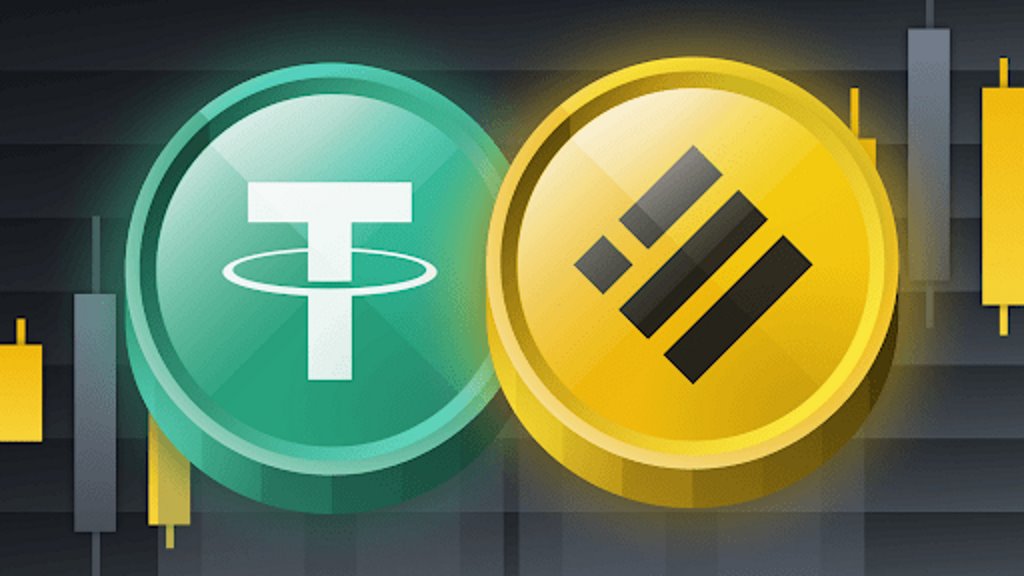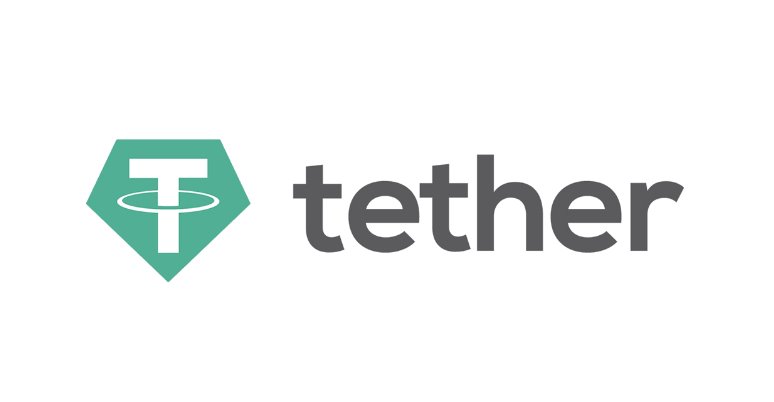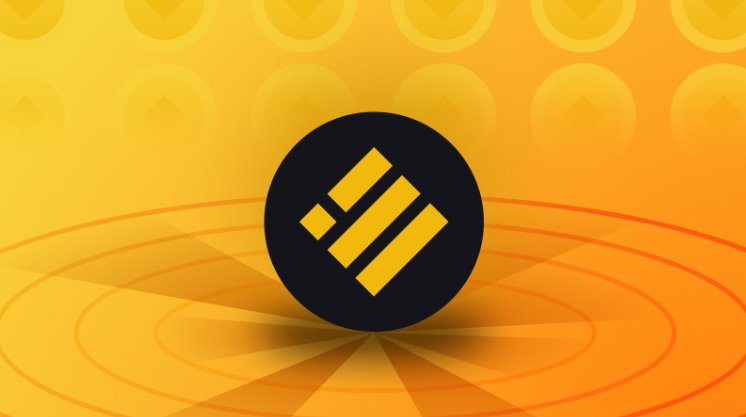USDT vs BUSD: Main Differences
BUSD vs USDT is one of the most interesting confrontations in the crypto investing area. What is the BUSD vs USDT difference, really?
The first major difference is in safety. BUSD is checked every month by Withum to ensure users’ safety. USDT is practically not subject to strict audits and does not publish information in the public domain for investors.
USDT tokens are provided by offshore banks. BUSD stablecoins are backed by US banks, which adds a few BUSD reputation points. What does this mean? Because the US banks are FDIC insured and backed by credit and corporate bonds. So because of that in the BUSD Binance vs USDT battle exactly BUSD investors have more security guarantees.

Who uses USDT and who BUSD?
- USDT is the more popular token because it supports more pairs. It is also easier to make trade transactions with Tethers.
- BUSD has smaller geography, but a better reputation and deeper functionality thanks to the Binance ecosystem.
How do they operate?
- BUSD operates on a few blockchains at once, including Ethereum and Binance. With the support of the Binance crypto exchange, the BUSD coin has a better level of security. All these transactions take place within the same chain of transactions.
- USDT runs on the Ethereum blockchain, which makes its functionality limited.
What is USDT vs BUSD in capitalization sizes?
- USDT ranks first in terms of trading volumes and total issuance. As of April 1, 2022, USDT has a total capitalization of $82 billion and daily trading volumes of $99 billion.
- BUSD crypto capitalization is $17 billion, and daily trading volumes are about $7 billion, according to Coinmarketcap data.
Why do Stablecoins Matter?
BUSD and USDT are crypto-stable currencies that act as a kind of bridge between the world of fiat money and cryptocurrencies. Tether and Binance USD are assets that allow you to store dollars on the crypto market. The fact is that BUSD and USDT are pegged to the US dollar at a ratio of 1:1. This practically means that the investor has US dollars but in the form of a cryptocurrency.
The coins BUSD and USDT are very important for the cryptocurrency market as they use smart contracts that run on blockchains. They replace classic contracts and do not require legal procedures to work. Stablecoins allow fast and relatively secure transfers around the world at any time. At the same time, users bypass the boring and complicated procedure of contacting banking institutions.
What is Tether (USDT)
So what is USDT or Tether and what place does it hold in the crypto world? Tether or USDT is a crypto stablecoin that is connected with Bitfinex and Tether Limited that runs on the Ethereum blockchain. It helps to create digital money by using fiat money. Buyers are guaranteed that the assets will be valued in national currencies (Euro or USD).

History of USDT
The token was released in 2015 by Tether Limited. Soon there were rumors that the company is associated with the crypto platform Bitfinex, which was the first to integrate this token into its service. This connection was later confirmed.
In 2019, the company said that the tokens are secured not only by US dollars but also by their loans issued to family companies Tether Limited. In April 2019, the company stated that only 74% of USDT tokens are backed by real US dollars. Despite its dubious reputation, Tether is widely used by many payment services and platforms.
Is USDT Safe?
The USDT stablecoin runs on smart contracts. These contracts require compliance with certain rules and conditions. This allows for a safe and reliable process. However, the reputation of Tether raises questions, as does the security of the issued tokens with real money. Tezer assured users that all USDT is backed by real money. However, in 2017, the company was unable to meet customer physical withdrawal requirements. Subsequently, the company did not become more transparent and did not start conducting audits confirming the presence of USDT collateral.
USDT Pros and Cons
Pros:
- Number 1 on market capitalization
- Convenience and availability of trading options
- Speed of transactions
Cons:
- Poor protection and security;
- Small portion of cash reserves;
- Dubious companies-investors and community reputation;
- No financial reports and audits.
What is BUSD
We know that Binance exchange is one of the most popular crypto platforms. But what is BUSD and how is it connected with Binance? BUSD is a stablecoin created by the Binance exchange and connected with the USD at a 1:1. The crypto is deeply integrated into the Binance ecosystem. And it makes BUSD especially popular among crypto exchange users. The stablecoin is approved by the New York State Department of Financial Services (NYDFS).

History of BUSD
Binance USD (BUSD) was created in September 2019 by Binance and Paxos. The token is regularly checked to be sure that the ratio of reserves and issuance is indeed 1:1. BUSD gets a valuable role in Binance’s marketing and developing campaigns.
Is BUSD Safe?
The BUSD stablecoin is a very safe instrument thanks to smart contracts technologies and functioning on different blockchains. It helps to avoid any hackers attack or losing money. BUSD is based on real money in USA banks. At the same time, due to the pressure of regulatory authorities, the user cannot fully manage his funds at any time. Before you need to go through certain procedures. This is the price of the security.
BUSD Pros and Cons
Pros:
- Speed of transactions;
- Fully backed by cash reserves;
- High level of security;
- Monthly financial reports and audits;
- Benefits for Binance crypto exchange users
Cons:
- Lack of full control over BUSD;
- The coin is only available on major platforms;
USDT vs BUSD: What to Choose?
Having considered the crypto BUSD vs USDT, you need to understand that each stablecoin has its pros and cons. It all depends solely on your goals and requirements.
If you value simplicity and convenience, then you should choose USDT. This stablecoin is especially convenient for beginners due to the availability of trading functions. There are a lot of platforms that explain to newcomers how to buy Tether. One of such platforms that gives you all the necessary information about the USDT, but also responds to other important questions regarding altcoins such as “Is Picoin legit?” is https://tradecrypto.com.
Also, USDT will become an important part of the portfolio of an experienced trader who trades little-known altcoins. But using USDT as a long-term asset for storing capital is not worth it due to problems with reporting and backing with real money.

If the preservation of capital and its security is a priority for you, then it is better to choose BUSD. Your investment opportunities are greatly expanded if you trade on the Binance crypto exchange. In addition, BUSD offers better investor protection through lower risk and government regulation.
However, BUSD is a less popular stablecoin. You are unlikely to be able to use BUSD to trade an obscure altcoin or a relatively small DEX. BUSD is also not the best option for you if you prefer to have full control over your assets, without additional restrictions from government regulators.
Author: Nina Petrov (editor-in-chief at TradeCrypto.com) is a theoretical mathematician, passionate about new trends in the global economy and blockchain technology. She is a devoted content creator and editor, crypto-enthusiast and stock market analyst.